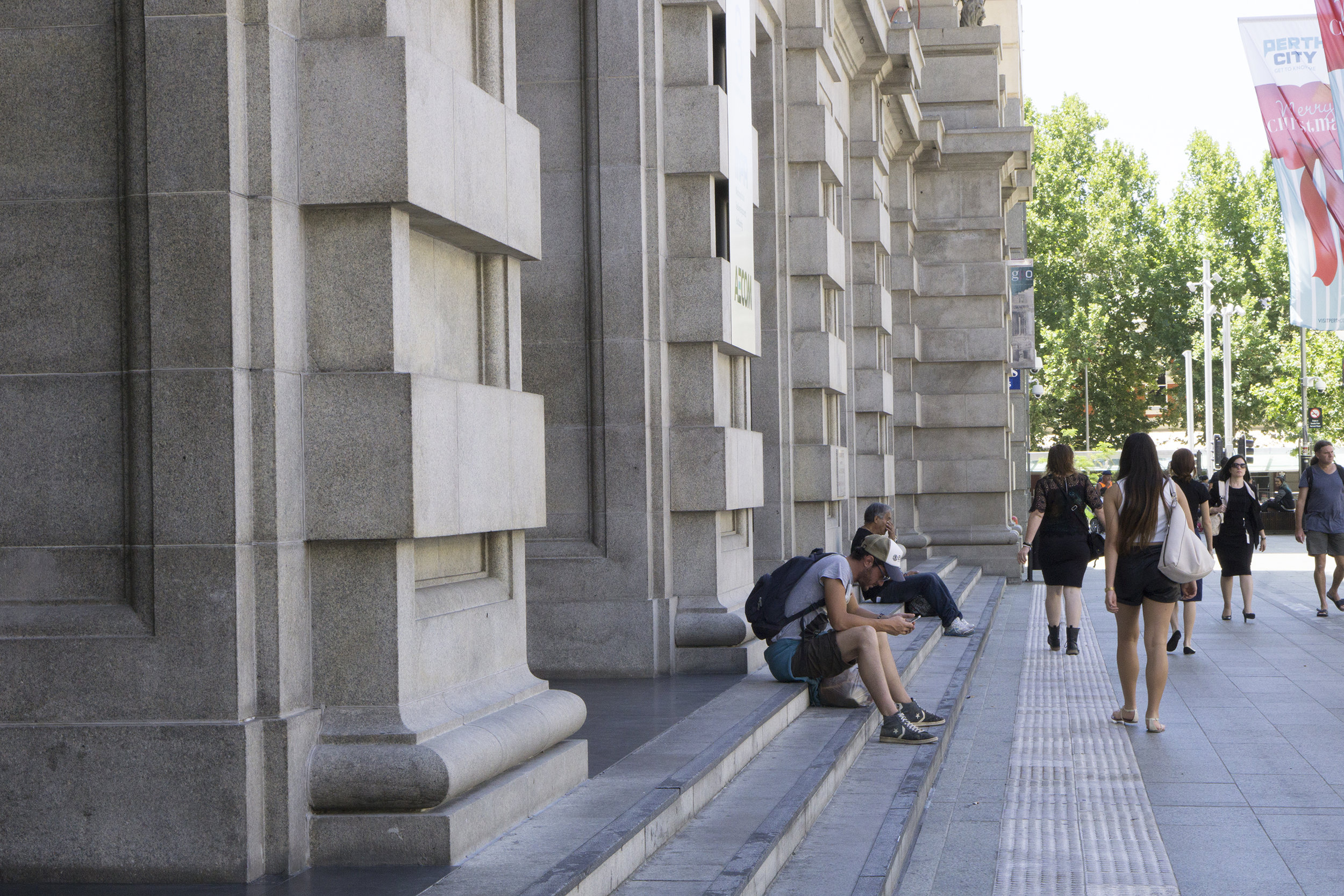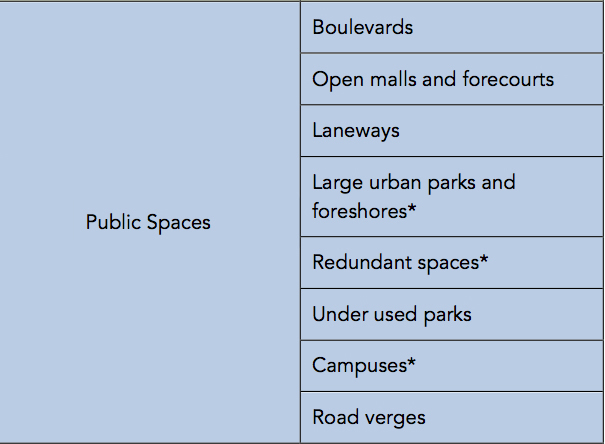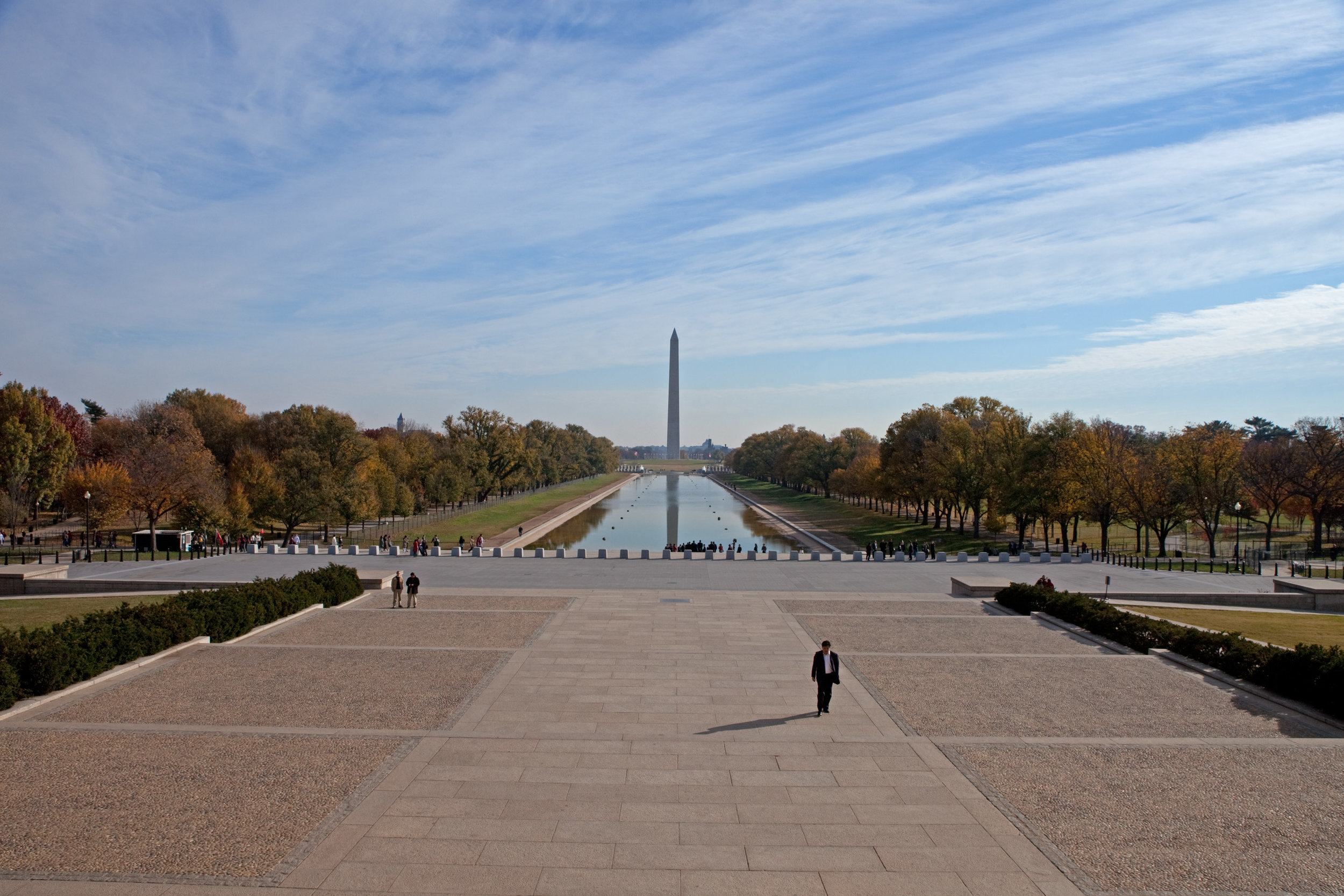Blog 7 – Favourite spaces and places 2 – Outside Amsterdam train station
/My next favourite pace is the public space outside Amsterdam train station.
Figure 1 below shows the location, and Figure 2 is a Google Earth view. Figure 3 shows the main entrance to the train station.
Fig 1: Amsterdam train station and outside public space - location
Fig 2: Aerial photo
Fig 3: Main entrance to the train station
As can be seen from the aerial, the open space in front of the station is dominated by pedestrians, and the only vehicles allowed in are trams (Figure 4) (other than service vehicles) – this is the most important terminus stop for trams in Amsterdam. As can also be seen, the canal adjacent to the open space is where all the tourist ferries leave from (See also Figure 5).
A quick note about the photos below – I deliberately took these with as slow a shutter speed as I could manage. As a result, what each photo shows are the varying movement and non-movement patterns at the open space, which helps describe what goes on here.
Fig 4: Trams terminus
Fig 5: Tourist ferries’ boarding area
I will argue here that this open space acts like a paired down Town Square – i.e. it is a public place - although I don’t think it was designed to be this. I visited this place a number of times on my visit to Amsterdam, and I really enjoyed just standing there and watching all that was going on. It’s not much to look at – it’s just a paved area with lots of people and trams – but there was a lot of positive energy about the place. It was fun just to be there. Although I should note that the train station itself is a significant and iconic building (see the selfies in Figure 3), but it is a backdrop to the place not really part of it.
I think that sometimes we can over think, over plan and over organise a space and it ends up feeling contrived. There is a sense that it belongs to the designers and organisers and not the users. Amsterdam Central open space is not one of these. It has become ‘place’ because of its location and public transport infrastructure within it and adjacent to it. Other than that, it has not been planned but it was evolved.
In noted in an earlier blog that
… Town squares are often the main public places in major cities or towns where people congregate during the day, and where major events are held. They are typically located within the commercial/retail/business heart of the city, and usually there are few people who actually live nearby and who would call this place ‘local’. These places have many regular users who come from all over the city, who work in the city area. Other visitors are regular shoppers, tourists, or people who regularly/occasionally attend events held in the square. In these ways, these squares are ‘owned’ by the whole city.
It’s certainly true that people do congregate here (Figure 6), although unlike typical Town Squares, there are no facilities that allow people to stay for an extended period of time – seats etc. In general people gather here because it is a well-known and easy to access location (pubic transport). It’s a meeting place for locals meeting up to then going on to their main destination or activity, and for tourists to either catch a ferry, a tour bus or public transport (Figure 7). There is a strong sense of ownership about this place, and it is generally ‘known’ by locals and tourists.
Given it’s a significant meeting place, people may well have strong memories about meeting up with friends, people they haven’t seen for some time or the start of an enjoyable tour or night out.
Whilst formal events aren’t held here, these meetings can be seen as ‘mini events’ in people’s lives (Figure 8).
Fig 6: Meeting up
Fig 7: Tourist groups gathering
Fig 8: Various activities happening
I particularly like this last photo as it shows the full range of what people do here – people in a hurry, people walking more slowly and chatting, individuals waiting for someone including ringing them to find where they are, someone who has just arrived from somewhere not local and have met their friend, an organised group (in front of a banner) and a group having a quick bite to eat.
If I was to use a single argument about why this is a ‘place’ and not a ‘space’ it would be that, as a meeting place, it creates memories for many who meet here, memories attached to the people and the place.
Garry Middle March 2018
































































































































